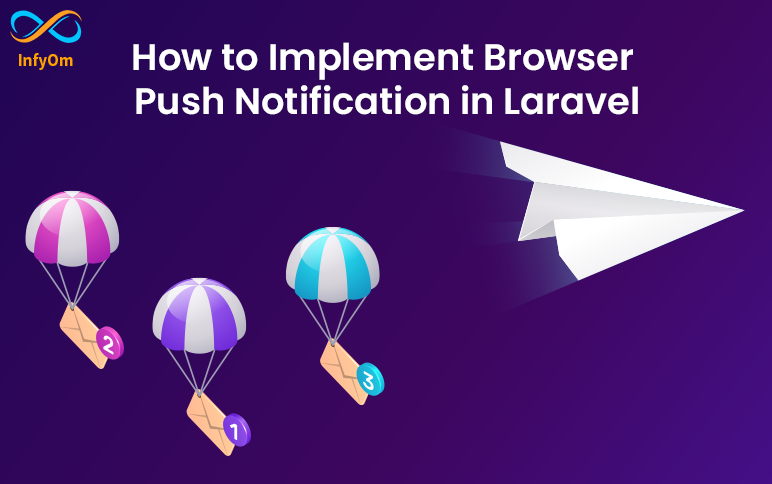
Latest Insights
Explore our blog for the latest trends, tips, tutorials and technologies that are shaping the future of software development.

How to setup React in Laravel
In this article, I show you how to set up react application

Why UI / UX is Important for your Business?
To keep attracting customers to your website or business and increase business ROI, UI/UX design make an important role…

How to Implement Browser Push Notification in Laravel
In this article, I show you an easy way to set up

Best practices for React JS developer part-2
In the previous article, we learned 5 areas or tips on Best

CSS Vendor Prefixes in Browser
Vendor Prefixes The CSS Browser (Vendor) prefix is a way to add

Motivation tips for Employees in Work Area
Motivation leads employee toward higher job satisfaction, High productivity, Low turnover and it’s the need of the…

Marketing Strategies to Increase Sales
Many digital strategists insist that marketing is one of the most effective ways to get the word out about their…
![Black Hat SEO Guide - Easy to Understand [2021]](https://infyom.com/blog/wp-content/uploads/2024/07/black-hat-seo-techniques.png)
Black Hat SEO Guide – Easy to Understand [2021]
black hat SEO tools, should black hat SEO techniques work? all in this entire guide of black hat SEO read this and…

Best practices for React JS developer
Best practices for React JS developer with Passing a boolean variable and Do not define a function within a…